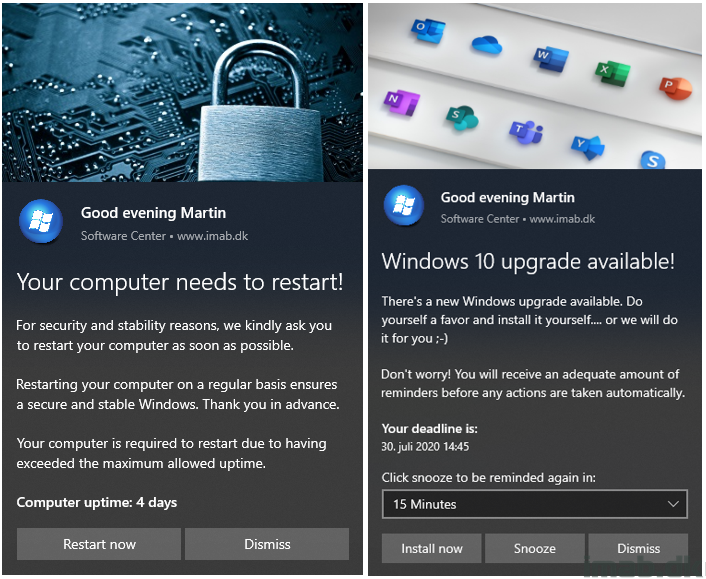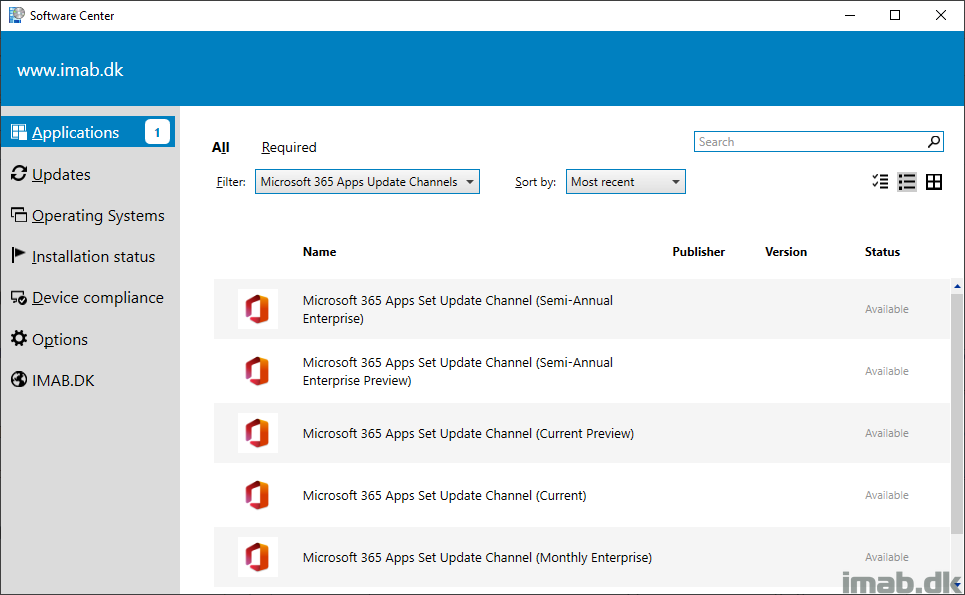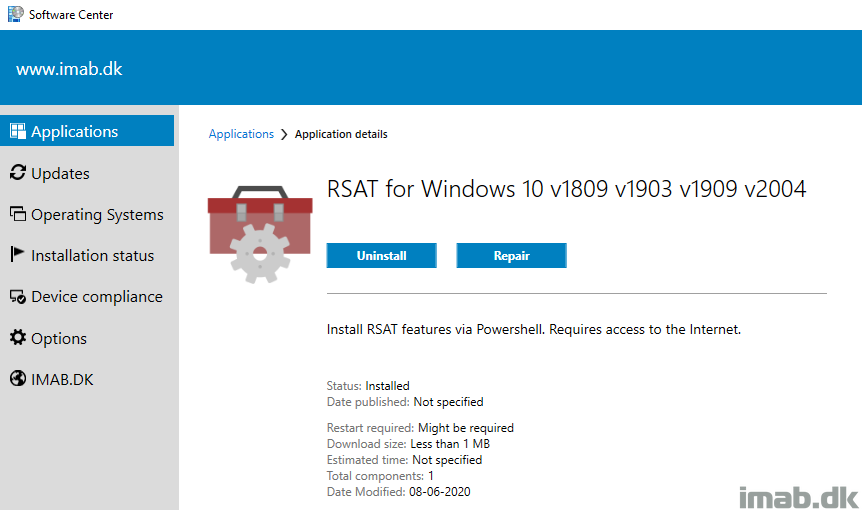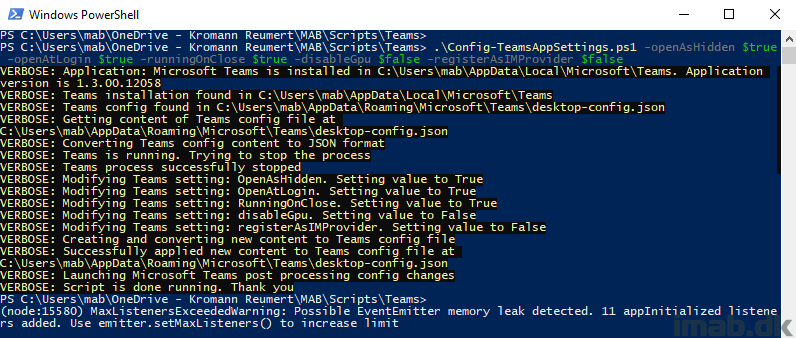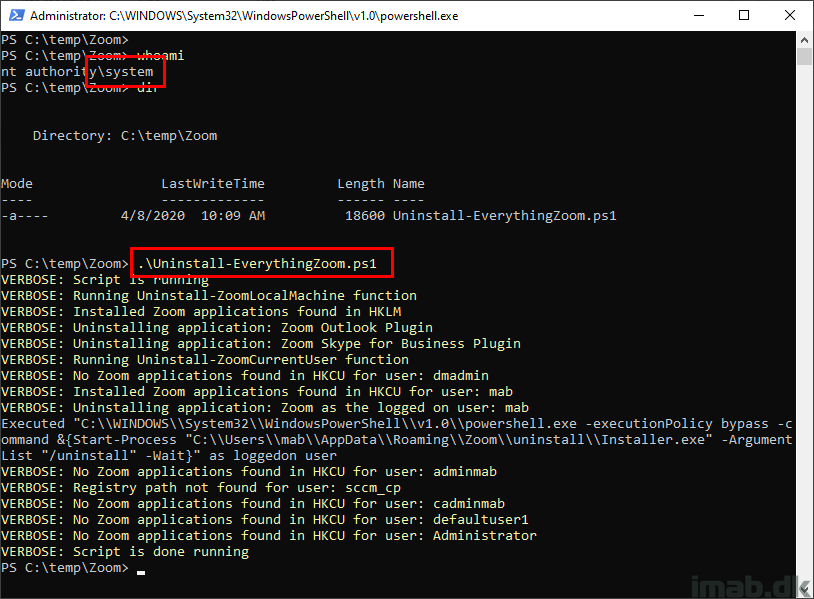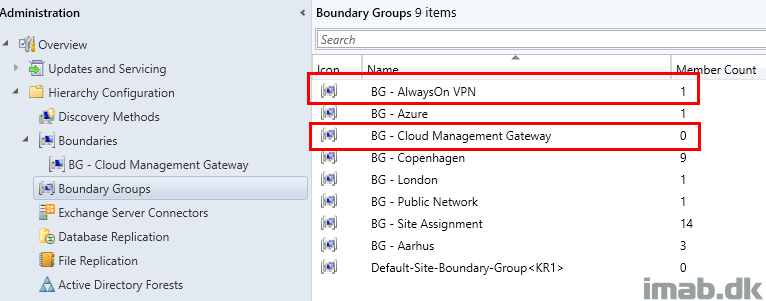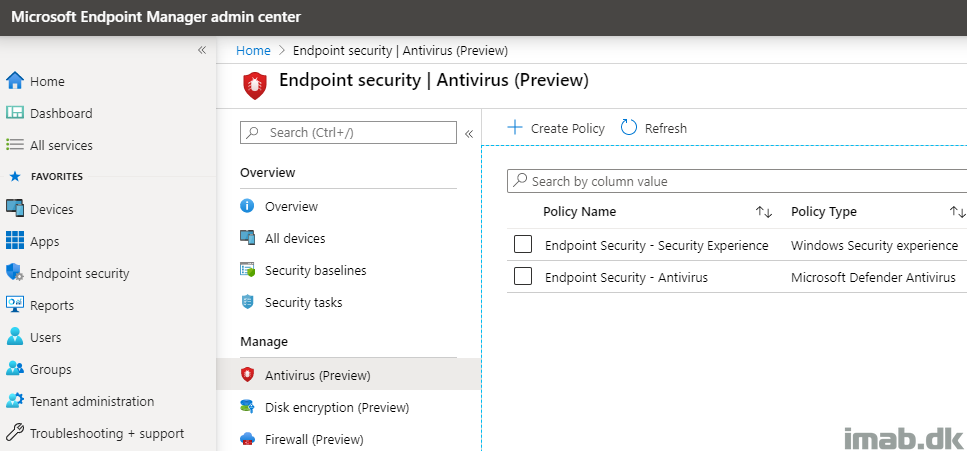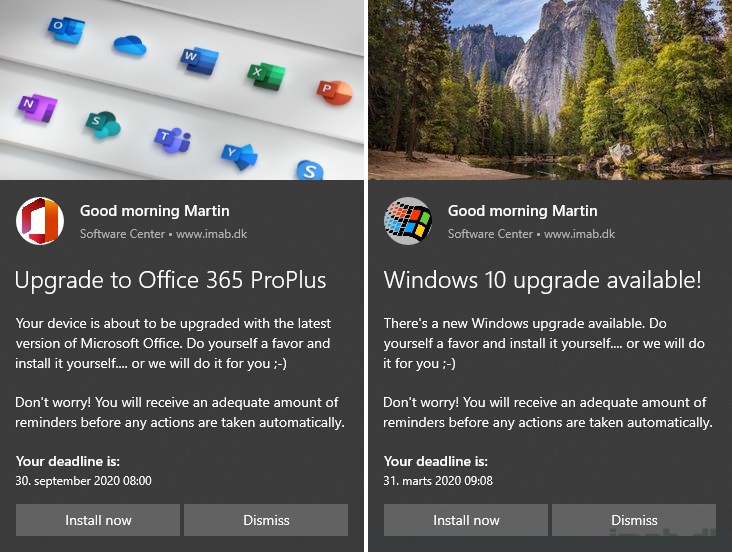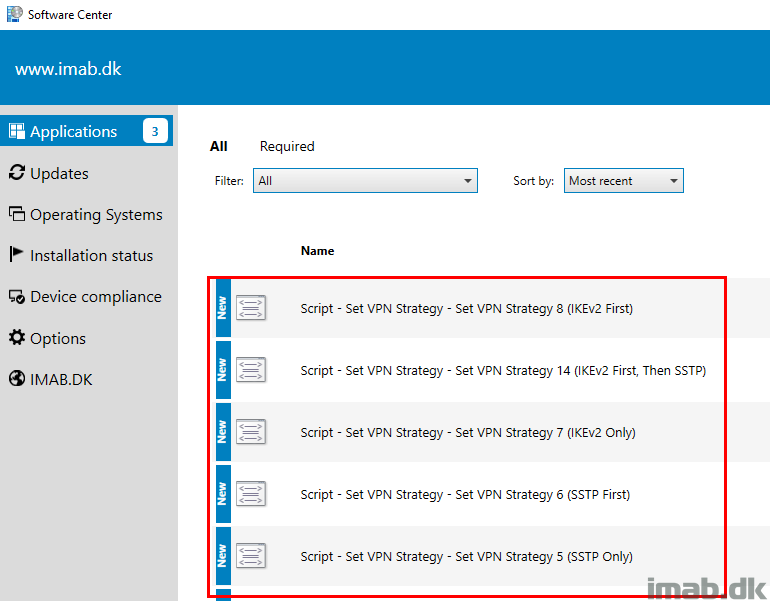Introduction
I am back with another update to the Windows 10 Toast Notification Script, now hitting an astonishing and delicious version of 1.7.1. 😀
This version brings multi-language support, everything based on the local culture in Windows 10 of the device running the script, as well as new config options to more easily switch between the used images.
This time a huge thank you goes out to Matt Benninge @matbg, for taking the time to develop code for the multi-language support as well as sending me the pieces for me to incorporate.
Also, the script has finally made its long journey into GitHub. So for future downloads, please go to https://github.com/imabdk/Toast-Notification-Script.
Next update: I’m currently working on incorporating support for feature updates with Configuration Manager, so for those upgrading Windows 10 using this approach, something neat is coming up – I hope. 🙂
